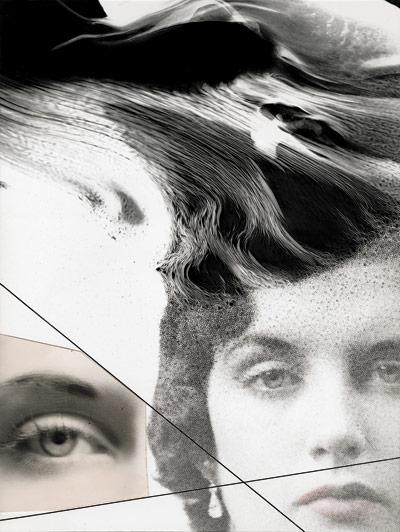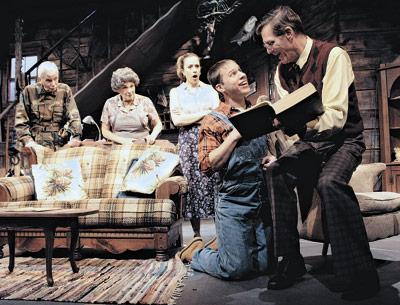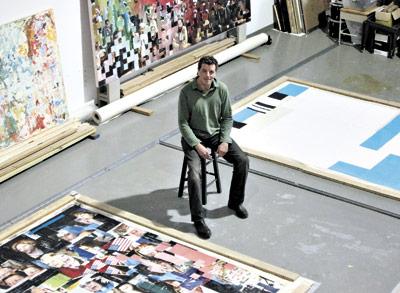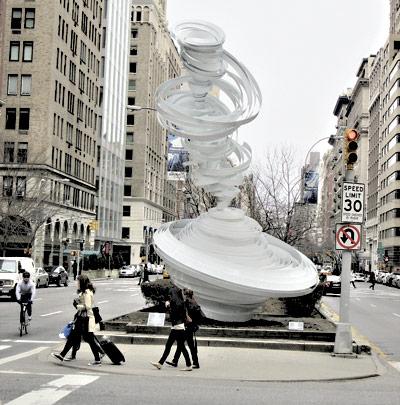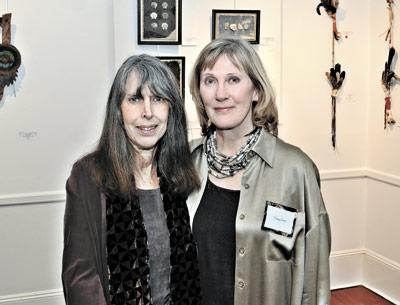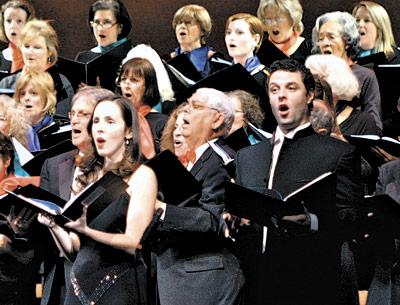Certain Jazz
Certain Jazz
Certain Moves, a five-piece jazz ensemble, will perform a free concert at the Rogers Memorial Library in Southampton Sunday afternoon at 3. The group, which includes Abdul Zhuri on guitar and vocals, Bill (Bang) Gaines on keys and vocals, Charles Certain on sax and vocals, Randy London on drums and pans, and Wayne Hart on bass and vocals, specializes in smooth jazz and R&B.
Jazz fans unable to make the Sunday performance can catch the band tomorrow evening from 5 to 8 at the Wolffer Estate Vineyard in Sagaponack.

